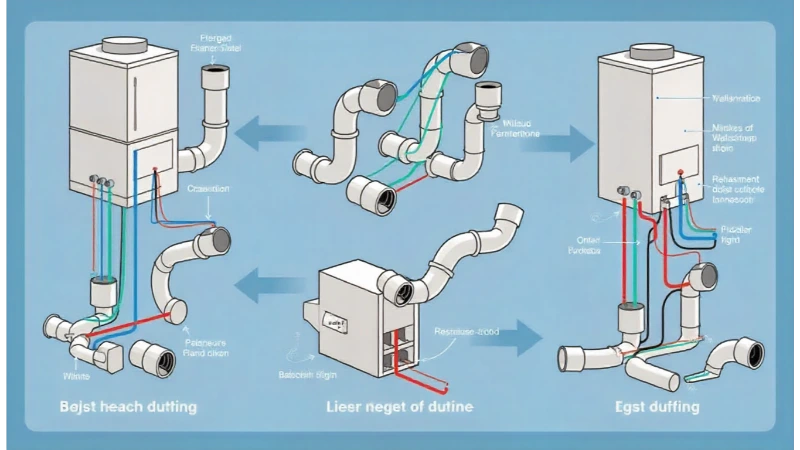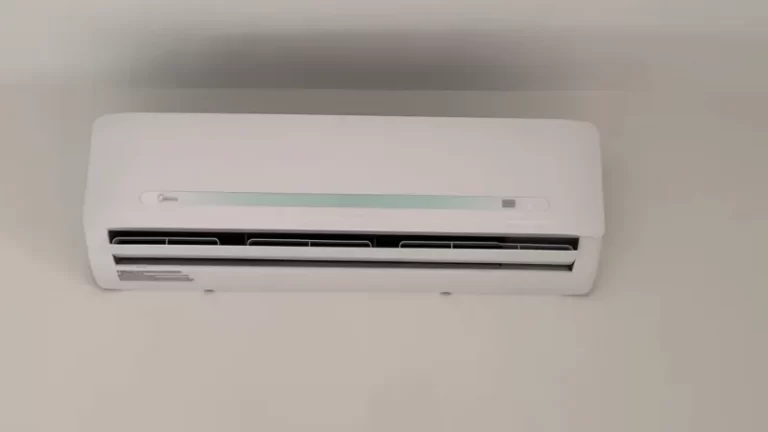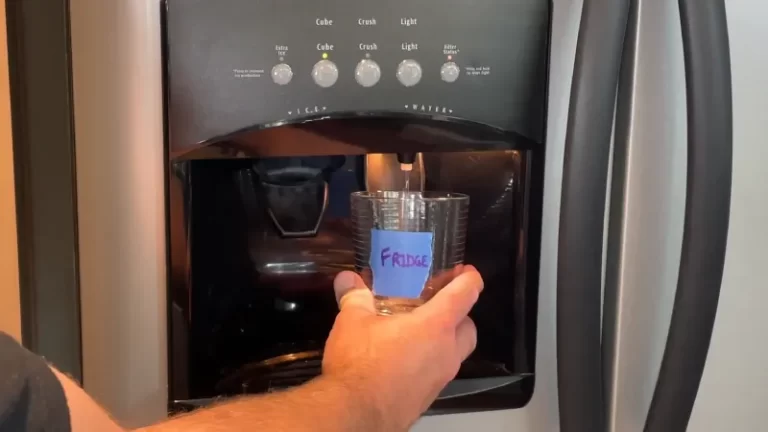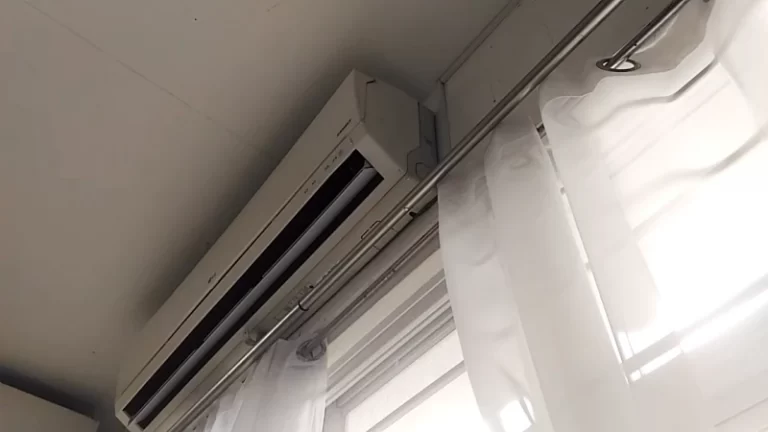Heat Pump Water Heater Ducting Solved: Your Ultimate Guide
You’ve invested in a high-efficiency heat pump water heater, expecting lower energy bills and a greener footprint. But now you’re faced with a new challenge: what to do with the cold air it exhausts?
Heat pump water heater ducting is a topic that stumps many homeowners, leading to concerns about cooling their living spaces, reduced efficiency, and even potential comfort issues. This isn’t just a minor inconvenience; an improper setup can negate the very benefits you sought in the first place.
The core problem is that these appliances work by pulling heat from the surrounding air to warm your water. The byproduct of this incredibly efficient process is cool, dehumidified air. If your unit is in a confined space like a small closet or utility room, it can quickly turn that area into a refrigerator, ironically forcing your main HVAC system to work harder in colder months.
You'll Learn About
Understanding the Core Issue: Why Ducting Matters
A heat pump water heater needs a sufficient volume of air to operate efficiently. Most manufacturers recommend a space of at least 700 to 1,000 cubic feet. Without this, the unit can recirculate the same cold air, drastically reducing its performance and forcing it to rely on its less-efficient electric resistance backup elements.
This is where ducting comes in. It provides a controlled pathway for air to enter and exit the unit, ensuring it has a steady supply of warmer air to draw heat from and a designated place to send its cool exhaust. Properly planned heat pump water heater ducting maximizes efficiency, enhances home comfort, and protects your investment.
Common problems that arise from improper or nonexistent ducting include airflow obstructions from debris, leaks in the ductwork, and condensation issues that can lead to water damage or mold. Each of these issues can silently undermine your system’s performance and increase your energy usage.

Strategic Ducting Solutions for Every Home
Deciding on a ducting strategy isn’t a one-size-fits-all solution. The best approach depends on your climate, the location of your water heater, and your home’s layout. Here, we break down the most effective strategies to manage your heat pump water heater’s airflow.
Solution 1: No Ducting (In the Right Space)
The simplest option is to not install any ducts at all. This can be a perfectly viable solution if your heat pump water heater is located in a large, unfinished basement or a garage in a temperate climate. These spaces typically provide the necessary air volume and are not primary living areas, so the cooling effect is often unnoticeable or even welcome.
For this to work, you must ensure the space meets the manufacturer’s minimum volume requirements. An 8-ft by 12-ft room with an 8-ft ceiling, for example, provides sufficient volume. If the space is too small, you will need to consider other options.
Solution 2: Exhaust-Only Ducting
One of the most popular strategies is to duct only the cool exhaust air. This allows you to direct the cold air to a location where it won’t cause comfort issues. A common approach is to vent this air to the outdoors.
However, ducting only the exhaust to the outside can create a negative pressure imbalance in your home. This can cause unconditioned air to be pulled in through cracks and gaps, potentially increasing the load on your main heating and cooling system. Therefore, this is often recommended only in warmer climates where the incoming air doesn’t carry a significant heating penalty.
A better application for exhaust-only ducting is redirecting the cool air to another part of the home where cooling is beneficial, like a home gym, pantry, or even an attic in the summer. Some homeowners even get creative, wondering what vents should be open on a wood burner to optimize airflow, and applying similar logic to their water heater exhaust.
Solution 3: Balanced Intake and Exhaust Ducting
For maximum efficiency and home comfort, especially in cold climates, a fully ducted system is the gold standard. This involves running two separate ducts: one to bring intake air to the unit and another to carry the exhaust air away. This creates a closed-loop system that doesn’t interfere with your home’s conditioned air.
You can duct both the intake and exhaust to the outdoors, which is a great option in moderate to warm climates. In colder regions, however, pulling in frigid winter air will force the unit into its less efficient electric resistance mode. A smarter cold-climate strategy is to pull warmer intake air from inside the house (like a utility room) and vent the cold exhaust outside.
It is crucial to remember that duct runs should be as short and straight as possible to minimize airflow resistance. Long, winding ducts can strain the unit’s fan and reduce its effectiveness. Some complex systems might even behave unpredictably, similar to when your sink gurgles when toilet is flushed cold weather, indicating a pressure or venting issue.
Installation Best Practices
Regardless of the strategy you choose, proper installation is key to success. Always consult the manufacturer’s installation guide for specific requirements regarding duct size and maximum length. Using ducts that are too small can restrict airflow and damage the unit.
Ensure all duct connections are sealed with mastic sealant or metal foil tape to prevent leaks. It’s also wise to insulate the exhaust duct, especially if it runs through unconditioned spaces. This prevents condensation from forming on the outside of the duct, which could lead to moisture problems.
Finally, consider the unit’s placement carefully. Avoid installing it near a thermostat, as the cool exhaust can give a false reading to your HVAC system. Also, be mindful of the noise; while many modern units are quiet, locating them away from bedrooms and main living areas is always a good idea.
Comparing Ducting Strategies
To help you decide, here is a comparison of the different ducting options. Consider your climate, home layout, and budget when making your choice.
| Ducting Strategy | Pros | Cons | Best For |
|---|---|---|---|
| No Ducting | Lowest cost; Easiest installation. | Requires a very large space; Can cool the installation area. | Large basements or garages in mild climates. |
| Exhaust Only (to Outside) | Removes cold air from the home. | Can create negative pressure; Less efficient in cold climates. | Warm climates where home depressurization is less of a concern. |
| Exhaust Only (Internal) | Provides “free” spot cooling and dehumidification. | Limited applications; Can over-cool small rooms. | Homes with areas that benefit from cooling (e.g., pantry, gym). |
| Balanced Ducting (In/Out) | Most efficient option; Isolates unit from conditioned space. | Highest installation cost and complexity. | All climates, especially those with very cold winters or very hot summers. |
Final Thoughts on Mastering Your System
Effectively managing your heat pump water heater ducting is not an afterthought—it’s a critical step in optimizing your home’s energy efficiency and comfort. By understanding the core problem of cold air exhaust and choosing a strategic ducting solution, you can unlock the full potential of your advanced appliance.
Whether you opt for a simple unducted setup in a large basement or a fully balanced system that pulls air from one area and vents to another, the key is to create a configuration that works with your home and climate, not against it. For those interested in the technical side of heat pump technology, understanding concepts like whether to r134a charge as liquid or vapor can provide deeper insight into how these systems operate. Take the time to plan your ducting correctly, and your heat pump water heater will reward you with years of efficient, low-cost hot water.



